Ready to explore the rugged beauty of Colorado and discover its hidden gems?
Rockhounding in the Centennial State is an adventure you won’t want to miss. With a landscape that’s as varied as the treasures buried beneath, you’re in for a real treat.
From the famous Pike’s Peak region to the remote deserts of the western slope, Colorado’s rich geological diversity offers a plethora of opportunities for both novice and experienced rockhounds. You’ll find everything from sparkling quartz to ancient fossils.
So grab your gear, and let’s unearth the secrets of Colorado’s rocky terrain.
Colorado, known for its geological diversity, is a rockhound’s paradise, offering locations like Pike’s Peak for topaz and smoky quartz, Kremmling for fossils, Devil’s Head for rhodochrosite, Fairplay for gold, and Western Colorado for geodes, agates, and jaspers.
Get our FREE United States Rockhounding Map HERE
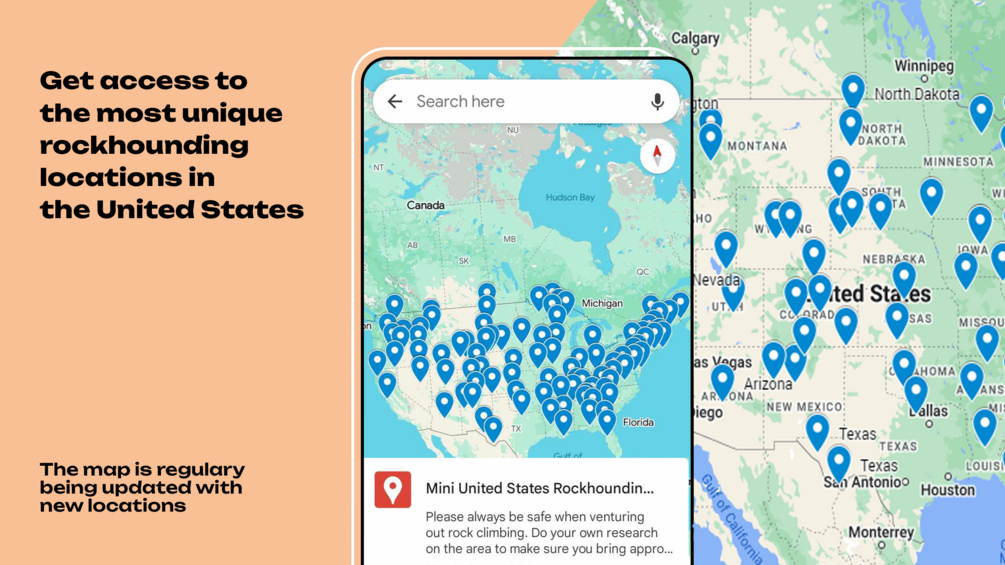
Colorado Rockhounding Locations
You’re ready to start your rockhounding adventure, and Colorado’s landscapes are ripe with locations to explore. With your gear in hand, considering where to head first is your initial step. Here are some prime spots you won’t want to miss.
Pike’s Peak is synonymous with rockhounding in Colorado. Here, you can find impressive specimens like topaz, smoky quartz, and amazonite. The area’s granite outcroppings have been sought after by collectors for generations, making it a classic locale that continues to reward those with a keen eye.
Moving on, Kremmling offers the chance to unearth fossils and petrified wood in the surrounding wilderness. The region is less trafficked by tourists and provides a more secluded hunt for geological treasures. Remember to respect private property as you wander in search of these ancient remnants.
For a truly unique experience, head to Devil’s Head, near Sedalia, where you can scout for vibrant red rhodochrosite, affectionately known as the Colorado State Mineral. The surrounding national forest land allows for public access, so it’s perfect for an outing into nature with the added bonus of potentially finding this striking mineral.
If your interests lean towards the shiny and precious, Fairplay is renowned for placers of gold. Pan along the banks of the South Platte River and you might just strike gold. The thrill of discovery in these waters is unparalleled for enthusiasts.
Lastly, the desert vastness of Western Colorado brings you into the world of geodes, agates, and jaspers. Spots like Delta and Whitewater offer landscapes that are not only beautiful but also provide a rich hunting ground for a variety of colorful stones.
- Pike’s Peak: Topaz, Smoky Quartz, Amazonite
- Kremmling: Fossils, Petrified Wood
- Devil’s Head: Rhodochrosite
- Fairplay: Gold
- Western Colorado: Geodes, Agates, Jaspers
These are just a starting point. Colorado’s terrain is vast, and each trail, each mountain holds potential for a new discovery. Whether you’re a seasoned veteran or a novice to the hobby, the excitement of uncovering something ancient or glittering beneath the surface keeps the spirit of rockhounding alive in the Centennial State.
What Gemstones are Found in Colorado?
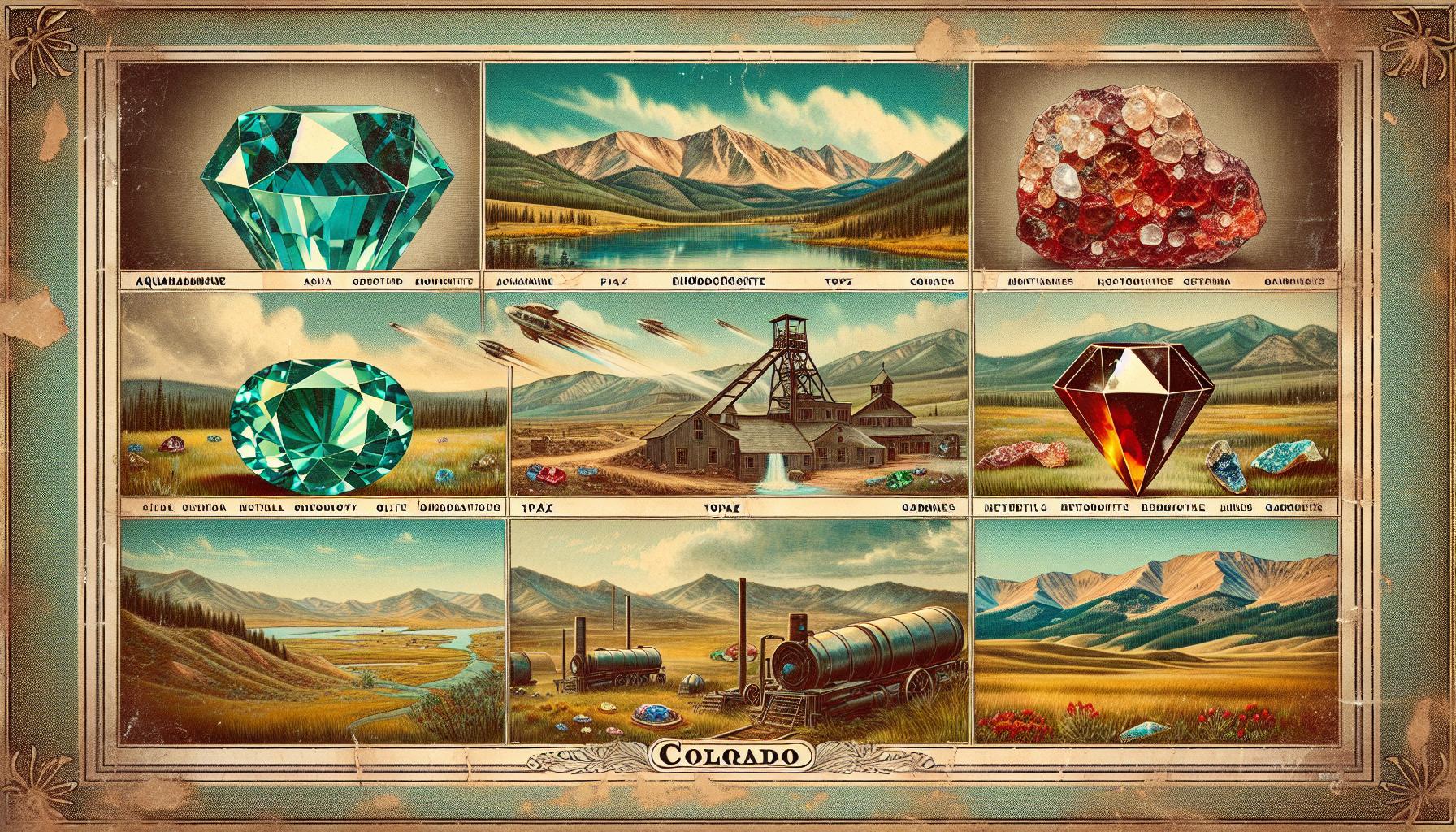
In the treasure-laden landscape of Colorado, you’re likely to unearth an array of stunning gemstones that may just redefine your jewelry box. Aquamarine, the state gemstone, sits atop Mount Antero waiting for those willing to brave the elevation for its cool blue hues. If you fancy a bit of history with your finds, then grab your gear and head to the world-famous Sweet Home Mine. Here, Rhodochrosite, a spectacular red crystal known as the Queen of Colorado minerals, emerges from ancient crevices.
Not just a pretty color, Topaz in varieties from clear to golden is found throughout the state, particularly within the Tarryall Mountains and its environs. This gemstone is sought out for its hardness and perfect prismatic crystals that give collectors a run for their high-quality specimens, fit for both display and faceting.
Garnets, ranging in color from deep red to luscious greens, are sprinkled throughout the landscape. The gem-quality variants are often discovered in regions like Ruby Mountain, aptly named for its abundant range of garnet deposits. Perhaps you’re on the hunt for something a bit more out of this world? The Meteorite fragments found in Colorado’s grasslands give you a tangible piece of the cosmos, teeming with iron-rich particles and otherworldly allure.
Colorado’s abundant mineral reserves are not just a haphazard offering from nature. The region’s geological history has fostered a rich environment where numerous minerals coexist, giving rockhounds like you the thrill of uncovering varietal riches that encapsulate the beauty and diversity of this state. Keep your eyes peeled and your tools ready; the variety of gemstones lying beneath the soil are a testament to Colorado’s geological bounty.
| Gemstone | Notable Locations | Attributes |
|---|---|---|
| Aquamarine | Mount Antero | Cool blue hues, high elevation finds |
| Rhodochrosite | Sweet Home Mine | Brilliant red crystals, historical sites |
| Topaz | Tarryall Mountains | Clear to golden, hard and prismatic |
| Garnets | Ruby Mountain | Deep red to green, gem-quality |
| Meteorite Fragments | Colorado grasslands | Iron-rich, otherworldly treasure |
What Sedimentary Rocks You Can Find in Colorado?
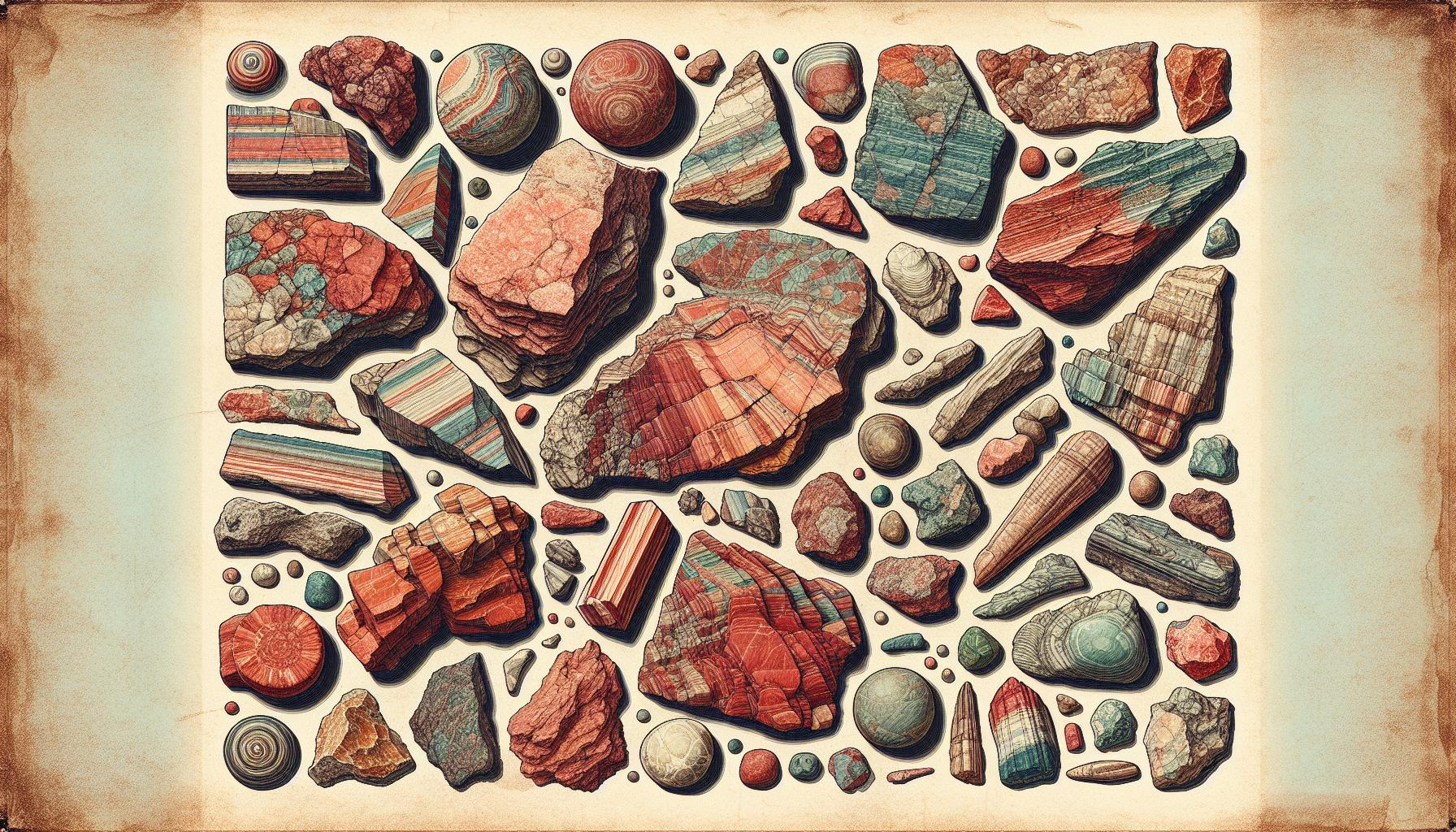
When venturing out into the vast array of terrains that make up Colorado, you’re not just limited to gemstone hunting. Sedimentary rocks hold an allure of their own, and the state has plenty to offer. Sandstone, with its diverse color palette and layering, is among the most common sedimentary rocks you’ll encounter here. You may find beautiful red sandstones, which are prominently displayed in the Garden of the Gods and the Red Rocks Amphitheatre.
Limestone, another sedimentary rock that’s integral to Colorado’s geological tapestry, is widespread as well. While exploring mountain regions, look out for limestone rich in fossils – a testament to ancient marine environments. These fossilized remnants provide vital clues about the Earth’s prehistoric life and can be a fascinating find for rockhounds.
Shale, a fine-grained sedimentary rock, is also abundant in Colorado. It typically forms in calm, quiet waters and therefore, holds a record of the ancient environments and life that once flourished there. The Pierre Shale in particular can yield exceptional fossil specimens like ammonites and baculites.
The Dakota Sandstone and the Morrison Formation are other geological formations where rockhounds can strike it rich. The Dakota Sandstone is known for its dinosaur tracks and fossilized wood, while the Morrison Formation is a hotbed for discovering dinosaur bones. These sites not only satisfy the thrill of the hunt but also contribute significantly to our understanding of historical biodiversity.
Keep your eyes peeled for the Niobrara Formation, primarily composed of chalk and limestone. It’s an excellent spot to hunt for ancient marine fossils, adding another dimension to your rockhounding adventure.
Remember, the thrill of discovery doesn’t end with gemstones. These sedimentary rocks connect you with the Earth’s distant past, and Colorado’s natural archives are ripe for exploration. So grab your gear and get ready to add a piece of Earth’s history to your collection.
What Metamorphic Rocks are found in Colorado?
As you shift your rockhounding focus to metamorphic rocks, Colorado’s geologic treasure chest doesn’t disappoint. Metamorphic rocks result from the transformation of existing rock types through high pressure and temperature within the Earth. In Colorado, you’ll find a variety of these intriguing rocks, each with its unique backstory.
Gneiss, schist, and marble are the metamorphic mainstays in the state. Their presence narrates tales of ancient collisions and pressures that sculpted the very mountains you hike. Particularly, the Central Colorado region is renowned for these specimens. Here are some highlights:
- Gneiss is distinguished by its banded appearance and can be spotted in areas like the Front Range, a haven for rockhounds.
- Schist comes in many types, but in Colorado, the glimmering allure of mica schist is what you’ll likely encounter.
- Marble—the metamorphosed form of limestone—gleams in the state’s quarries, with the iconic Yule Marble Quarry near Marble, Colorado.
Rockhounding for these metamorphosed marvels will lead you on a journey through Colorado’s high country trails and exposed outcrops. Alongside the previously discussed sedimentary rocks, these metamorphic rocks provide a full spectrum of geological exploration.
While traversing terrains in search of gneiss and schist, let’s not overlook the minerals often associated with metamorphic rocks. Garnet, staurolite, and kyanite are commonly found within these stones and add an extra layer of excitement to your hunt. Each offers a glimpse into the mineralogical diversity present in Colorado’s geology.
| Mineral | Commonly Found In |
|---|---|
| Garnet | Schists, Gneiss |
| Staurolite | Mica Schist |
| Kyanite | High-Grade Metamorphic |
As you plan your next rockhounding adventure, consider these locations and the metamorphic riches they might hold. Remember to check land ownership and regulations, as some of these areas may be on private property or have specific rules for rock collectors. Always practice responsible rockhounding to preserve the integrity of these natural sites for future generations.
What Igneous Rocks can You Find in Colorado?
As you broaden your rockhounding horizons in Colorado, you’re likely to come across an array of igneous rocks, each telling a tale of the state’s fiery geological past. Colorado’s igneous rocks are representative of deep earth processes and surface volcanic activity alike.
The state is particularly rich in granite, an intrusive igneous rock that cooled slowly deep underground. Granite’s speckled appearance comes from its composition of quartz, feldspar, and mica, among other minerals. Famous locales like Pikes Peak and the Front Range are prime spots for scouting out this durable material.
Another igneous highlight in Colorado is basalt. These rocks originate from fast-cooling lava flows and are often found in ancient lava beds and river canyons. Basalts are dark-colored and fine-grained, and one of the best places to find them is the San Juan volcanic field.
For those interested in finding something a bit more unique, pegmatite is an intriguing find. This crystalline rock is noteworthy for its exceptionally large mineral crystals and compositional ties to granite. Pegmatites are found in “pockets” scattered throughout the state, often bearing rare gems like topaz, aquamarine, and tourmaline. The Tarryall Mountains and the Pikes Peak region are well-known pegmatite destinations.
| Rock Type | Key Locations | Notable Minerals |
|---|---|---|
| Granite | Pikes Peak, Front Range | Quartz, Feldspar |
| Basalt | San Juan volcanic field | |
| Pegmatite | Tarryall Mountains | Topaz, Aquamarine |
Remember, while rockhounding for igneous rocks, it’s essential to be mindful of land ownership and regulations. Public lands often require permits for collection, and private lands necessitate the owner’s permission. It’s part of your responsibility to know and adhere to these guidelines as you venture out to explore Colorado’s rich geological bounty.
Panning for Gold in Colorado
Have you ever dreamed of striking it rich by discovering your very own gold? In Colorado, the Gold Rush may be over, but panning for gold remains a popular pastime. The state’s rich deposits are open to the public, and you might just come away with a few flakes or even nuggets of the precious metal.
Before you begin, you’ll need to grab a pan – any shallow, flat-bottomed dish will do – and find a suitable stream or river. Clear Creek, Cache la Poudre River, and Arkansas River are among the most frequented spots by modern day prospectors. Look for areas where the water slows, allowing the heavier gold to settle. This is typically around the inside bend of a stream or where the water flows over a drop.
Gold panning in Colorado is subject to certain rules and regulations. Ensure you’re not on private land, and be aware of claims owned by professional mining operations. Additionally, some areas are protected, and removing minerals from them is illegal. You’ll want to familiarize yourself with the Bureau of Land Management and local government policies before setting out.
Once you’re in the water, it’s all about technique. Swirl the water in your pan to separate the lighter gravel and sand from the gold. Patience and perseverance are key, as gold is 19 times heavier than water and will fall to the bottom of your pan while the lighter materials wash over the side.
Here are some tips to maximize your gold panning success:
- Start during low-water seasons, typically late summer or fall, to access areas that would be submerged otherwise.
- Use a metal detector to scan the banks and riverbed for hidden deposits.
- Keep an eye out for black sand; it’s a good indicator that gold isn’t far away.
Remember, while chances of finding large nuggets are slim, panning can still yield small pieces of gold. It’s an activity that teaches patience and offers a hands-on way to connect with Colorado’s golden history.
Rocks and Minerals Found in Colorado
Embarking on a rockhounding adventure in Colorado can be as rewarding as it is exciting. The Centennial State is not just famous for its historical Gold Rush; it’s also rich in a variety of rocks and minerals. Here’s what you might come across in the rugged landscapes of Colorado.
Aquamarine, Colorado’s state gemstone, is sought after for its stunning blue-green hues. It can mainly be found on the lofty peaks of the Mt. Antero in the Sawatch Range, which is one of the highest sources of gemstones in the United States.
Rhodochrosite, with its vibrant pink and red stripes, steals the spotlight as well. The Sweet Home Mine near Alma, previously a silver mine, is renowned for producing exceptional rhodochrosite specimens.
For those interested in more accessible discoveries, look out for quartz, feldspar, and mica. These minerals are abundantly spread across the state’s granitic and gneissic bedrock regions. Fine samples of smoky quartz and amazonite can often be unearthed at the Lake George area.
As an avid rockhound, you’ll also be intrigued by Colorado’s wealth of metallic minerals. The Leadville mining district is historically known for its abundance of silver, and you’re likely to encounter galena and sphalerite in this area.
Here’s a quick overview of some of these treasures:
| Mineral | Notable Locations |
|---|---|
| Aquamarine | Mt. Antero, Sawatch Range |
| Rhodochrosite | Sweet Home Mine, Alma |
| Quartz | Statewide, notably Lake George |
| Feldspar | Statewide in granitic regions |
| Mica | Statewide in gneissic regions |
| Silver | Leadville Mining District |
The diversity of geological wonders in Colorado ensures that there’s always something new beneath your fingertips. Whether it’s the brilliant flash of a freshly cleaved aquamarine or the metallic sheen of a galena cluster, the potential finds keep the thrill of the hunt alive for rockhounds of all levels. Remember to research each location’s rules and regulations to respect both the ecology and the joy of future adventurers.
Where Can I Find Fossils in Colorado?
Discovering fossils can be as thrilling as unearthing precious minerals, and Colorado’s terrain is a hotbed for fossil hunters. As you map out your next adventure, you’ll find a number of places where prehistoric stories are just below the surface waiting to be told.
Florissant Fossil Beds National Monument is rich with the ancient remains of insects and plants. Here, you can observe thousands of detailed fossils embedded in shale, providing a snapshot of life from millions of years ago. Be sure to follow park guidelines; collecting is not permitted, but you’ll gain invaluable knowledge.
Next on your journey, the Morrison area, known for the famous Jurassic-period discoveries, offers a unique fossil hunting experience. With its late Jurassic sediments, dinosaur bones are a common find, linking you to an age when colossal creatures roamed these lands. While you can’t dig freely everywhere, the Morrison Natural History Museum occasionally organizes guided digs.
For marine fossil enthusiasts, power your search along the Front Range. Here, amidst the peaks and valleys, you’ll discover sea lilies, trilobites, and brachiopods – relics from Colorado’s sea-covered past. Keep in mind, access may be limited, so check local guidelines.
- Douglas Pass – Leaf Fossils
- Pike National Forest – Ammonite Specimens
- Kremmling – Fish Fossils
When exploring Colorado’s fossil-rich sites, always remember that these treasures are part of the state’s natural heritage. It’s important to uphold practices that preserve these sites for future generations. Research prospecting rules before your trip and if in doubt, visiting a local museum or joining a fossil club can provide both education and legitimate opportunities to indulge in this fascinating hobby.
Whether you’re observing or searching, the thrill is in the discovery, and Colorado never disappoints. Every expedition offers a lesson in Earth’s history and possibly, the reward of finding your own piece of ancient life. Keep your eyes peeled and your tools ready as you navigate the terrain that once teemed with life, now silently encapsulated in stone.
Colorado Rockhounding Laws & Regulations
Embarking on a rockhounding adventure in Colorado is an exciting endeavor, but before you start, you must understand the laws and regulations in place. As a responsible rockhound, your adherence to these guidelines not only protects natural habitats but also ensures that the hobby can be enjoyed for years to come.
Public Lands like those managed by the Bureau of Land Management (BLM) and the US Forest Service allow rockhounding for personal use without a permit. However, there are limits:
- Collecting is typically restricted to surface-level finds.
- Use of hand tools only; mechanized equipment is prohibited.
- There’s a daily and yearly limit to how much material you can collect.
Private lands require permission from the landowner before you can start your search. Always ask first to avoid trespassing.
For National Parks, such as the Florissant Fossil Beds National Monument, specialized rules apply. Here, fossil collection of any kind is strictly forbidden. Visit their visitor centers or websites to familiarize yourself with site-specific regulations.
Regarding Cultural Artifacts, Colorado law protects archaeological and paleontological features. It’s illegal to collect artifacts, such as pottery, arrowheads, and fossils deemed to be of scientific importance, on both public and private lands without a permit.
When planning your trip, take note of Safety Precautions. The Colorado landscape can be unpredictable with sudden weather changes and challenging terrains. Ensure you have:
- Appropriate gear for the conditions
- Ample water supply
- A plan for emergency situations
Lastly, Mind the Environment by practicing Leave No Trace principles. Your actions should not negatively impact the land or its ecosystems. Fill any holes you dig and pack out all trash.
By following these rules, you respect the rights of future rockhounds and contribute to the preservation of Colorado’s geological wonders. Remember, the thrill of discovery comes with a responsibility to protect and steward the land you explore.
Rockhounding Tips for Beginners in Colorado
Starting your journey as a rockhound in Colorado promises adventure and the possible discovery of geological treasures. To navigate this exciting terrain, there are a few essentials you’ll need to know.
Gearing Up: Essential Tools for Rockhounding
Before you set out on your rockhounding adventure, it’s crucial to gear up with the right tools. You’ll want to make sure you have:
- A good-quality rock hammer for chiseling and breaking through rock.
- Safety goggles to protect your eyes from flying debris.
- Durable gloves to shield your hands from sharp edges and rough surfaces.
- A sturdy backpack or bucket to carry your finds.
Remember, the right tools not only make your trip more productive but also prevent damage to the specimens you collect.
Safety Tips While Rockhounding
Rockhounding can be a physically demanding activity, and safety should always be your top priority. Here’s how you can stay safe:
- Always tell someone where you’re going and when you expect to return.
- Check the weather forecast before heading out and plan accordingly.
- Stay hydrated and take breaks to avoid fatique.
- Be aware of wildlife in the area and know how to respond if you encounter any.
Mindfulness of your surroundings goes a long way in ensuring your safety and enjoyment while rockhounding.
Legal Guidelines for Rockhounding Enthusiasts
When it comes to rockhounding, it’s not just about what you find, but how you go about finding it. Adhering to legal guidelines is paramount:
- Understand and respect land ownership. Public land allows for rockhounding, but always get permission before venturing onto private property.
- Familiarize yourself with the Bureau of Land Management (BLM) and US Forest Service regulations which govern the collection of rocks, minerals, and fossils on federal lands.
- Collect within limits—typically, you’re allowed to collect small amounts for personal use.
By following these legal guidelines, you’ll ensure that rockhounding remains a sustainable and lawful hobby for all enthusiasts.
Conclusion: Colorado Rockhounding Guide & Map
Venturing into the rich terrain of Colorado for rockhounding is an adventure that awaits you.
Equipped with the right tools and knowledge of safety and legalities, you’re all set to discover the natural treasures hidden in the state’s diverse geology. Remember to respect the land and regulations to ensure that this pastime can be enjoyed for generations to come.
Happy rockhounding!

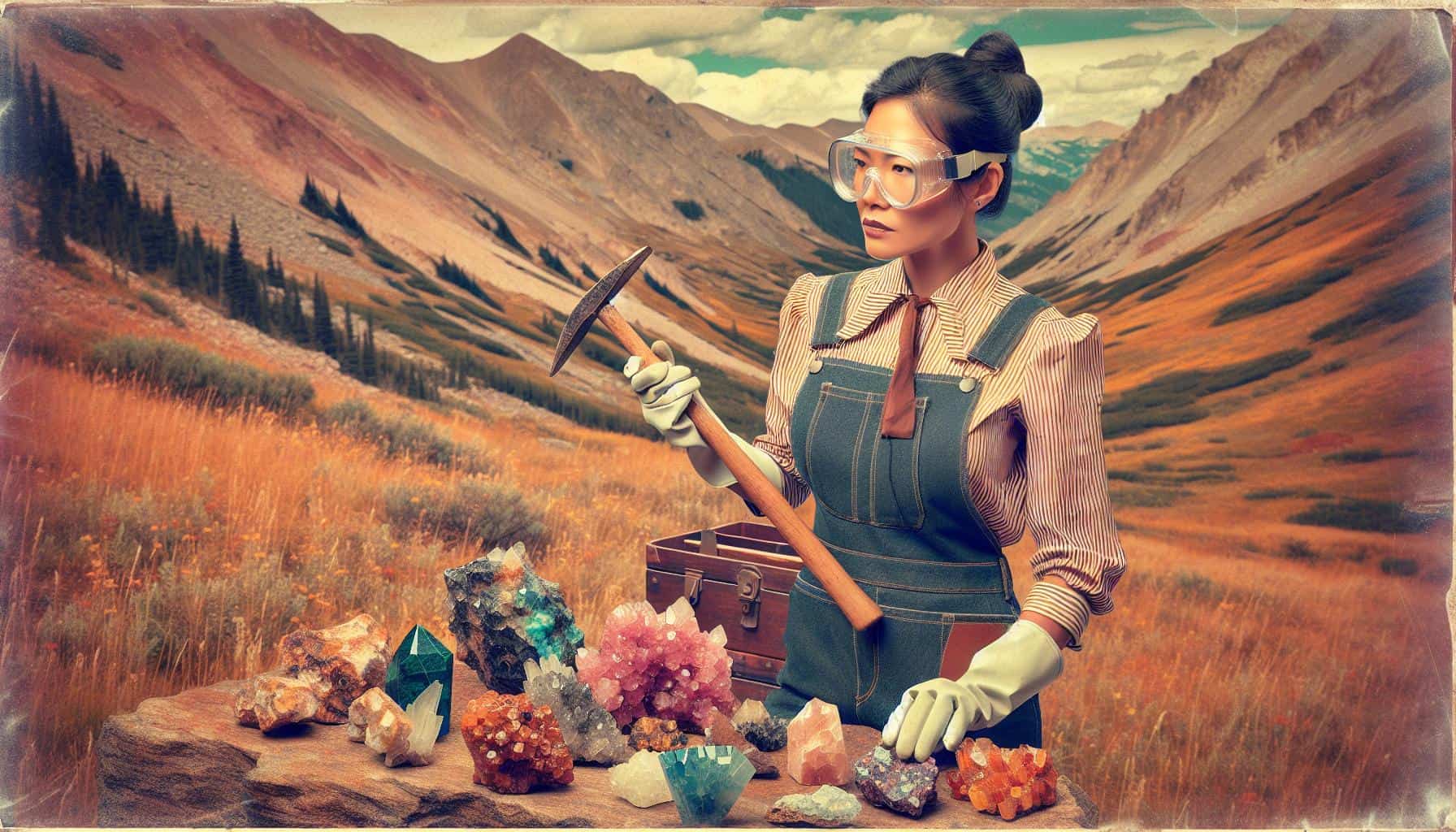
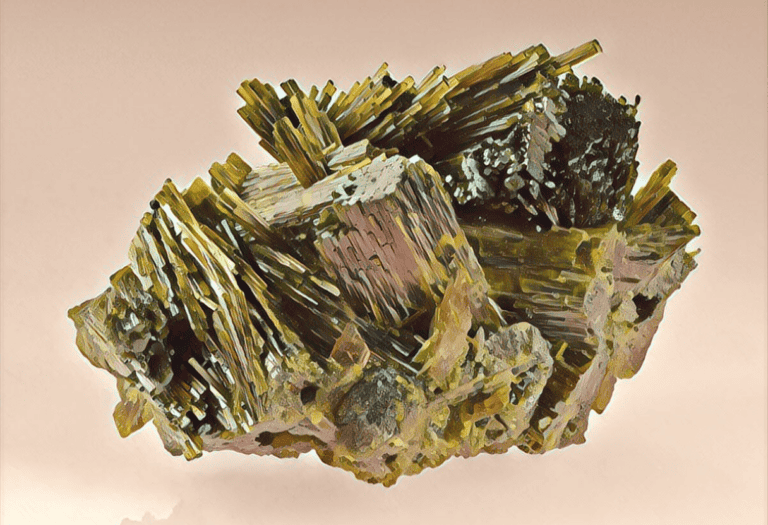
![Setting Prices for Handmade Jewelry [year]](https://observationhobbies.com/wp-content/uploads/2024/01/dVTRvDJ0W4koSsyHjCF9V-768x439.jpg)
![ND Rockhounding Sites in [year]: Treasures & Finds](https://observationhobbies.com/wp-content/uploads/2024/01/NXhSmnQX-d6GEwx7lYbig-768x439.jpg)


